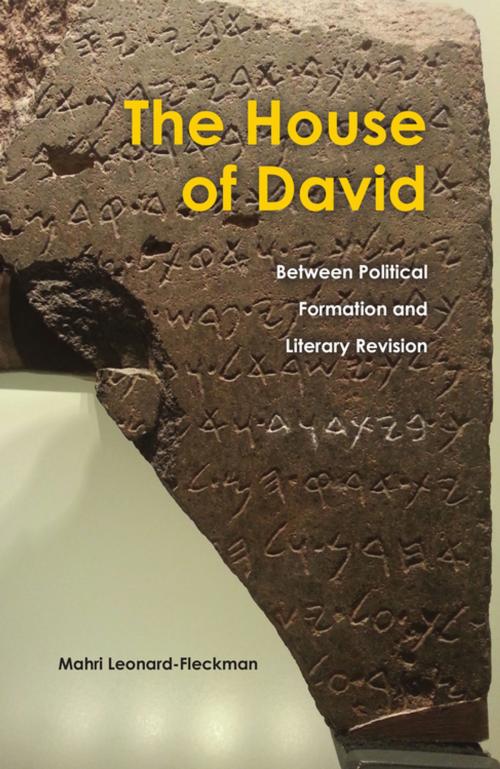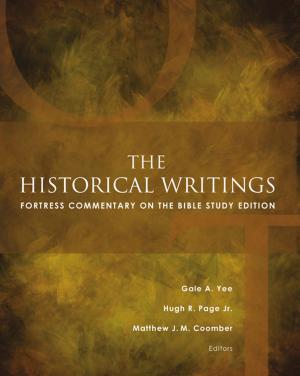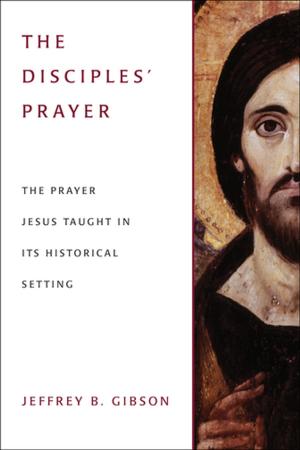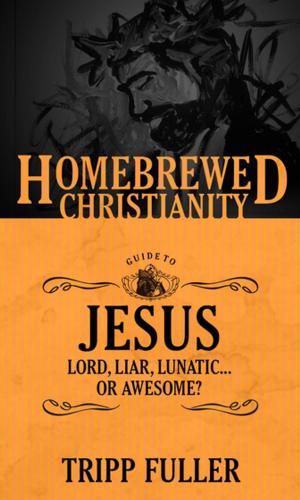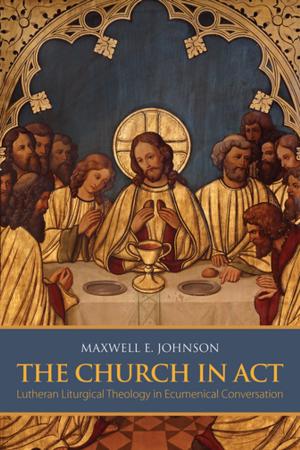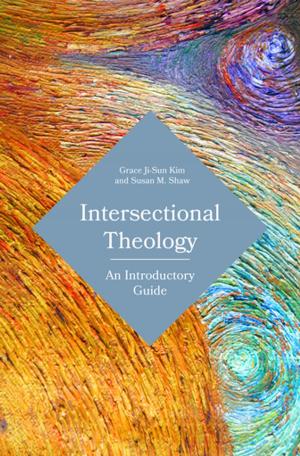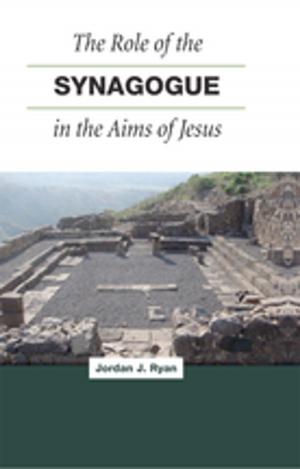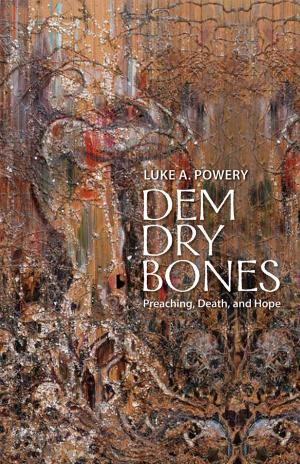The House of David
Between Political Formation and Literary Revision
Nonfiction, Religion & Spirituality, Bible & Bible Studies, Study, Old Testament| Author: | Mahri Leonard-Fleckman | ISBN: | 9781506410197 |
| Publisher: | Fortress Press | Publication: | June 1, 2016 |
| Imprint: | Fortress Press | Language: | English |
| Author: | Mahri Leonard-Fleckman |
| ISBN: | 9781506410197 |
| Publisher: | Fortress Press |
| Publication: | June 1, 2016 |
| Imprint: | Fortress Press |
| Language: | English |
Current scholarly debate over the historical character of David’s rule generally considers the biblical portrait to represent David as king of Judah first, and subsequently over “all Israel.” The ninth-century Tel Dan inscription, which refers to the “House of David” (byt dwd), is often taken as evidence for the dynasty of Judah. Mahri Leonard-Fleckman argues that references to Judah in the story of David as king do not suffice to constitute a coherent stratum of material about Judah as a political entity. Comparing the “house of . . .” terminology in the ninth-century Tel Dan inscription with early first-millennium Assyrian usage, then giving close examination to the “house of David” materials in 2 Samuel and 1 Kings, she understands the “house of David” as a small body politic connected to David, but distinct from any Judean dynastic context.
One implication is that the identification of Judah as a later southern kingdom may have less to do with an Israelite secession from Jerusalem than with an Israelite rejection of David’s lineage and the subsequent redactional creation of Judah-centric language on the part of a Davidic coterie.
Current scholarly debate over the historical character of David’s rule generally considers the biblical portrait to represent David as king of Judah first, and subsequently over “all Israel.” The ninth-century Tel Dan inscription, which refers to the “House of David” (byt dwd), is often taken as evidence for the dynasty of Judah. Mahri Leonard-Fleckman argues that references to Judah in the story of David as king do not suffice to constitute a coherent stratum of material about Judah as a political entity. Comparing the “house of . . .” terminology in the ninth-century Tel Dan inscription with early first-millennium Assyrian usage, then giving close examination to the “house of David” materials in 2 Samuel and 1 Kings, she understands the “house of David” as a small body politic connected to David, but distinct from any Judean dynastic context.
One implication is that the identification of Judah as a later southern kingdom may have less to do with an Israelite secession from Jerusalem than with an Israelite rejection of David’s lineage and the subsequent redactional creation of Judah-centric language on the part of a Davidic coterie.
